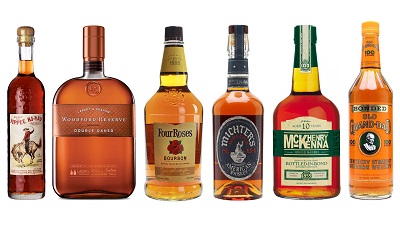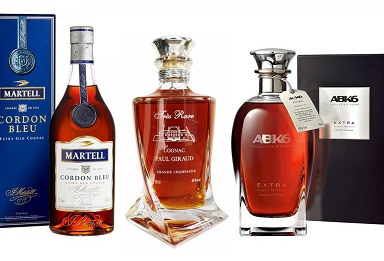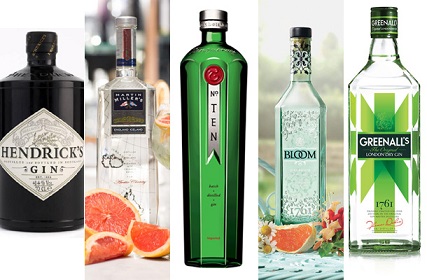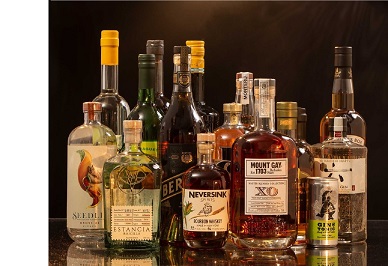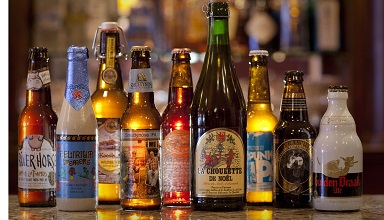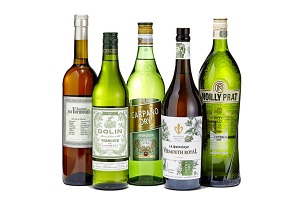
I try to find best Drinks and give you all information on that i want see people happy and
enjoeing their life i hope you will be happy every minutes of your life and ENJOY it
Where Alcohol Came From?
Human ancestors may have begun evolving the knack for consuming alcohol about 10 million years ago, long before modern humans began brewing booze, researchers say. The ability to break down alcohol likely helped human ancestors make the most out of rotting, fermented fruit that fell onto the forest floor, the researchers said. Therefore, knowing when this ability developed could help researchers figure out when these human ancestors began moving to life on the ground, as opposed to mostly in trees, as earlier human ancestors had lived.
"A lot of aspects about the modern human condition - everything from back pain to ingesting too much salt, sugar and fat - goes back to our evolutionary history, said lead study author Matthew Carrigan, a paleogeneticist at Santa Fe College in Gainesville, Florida. We wanted to understand more about the modern human condition with regards to ethanol, he said, referring to the kind of alcohol found in rotting fruit and that's also used in liquor and fuel.
To learn more about how human ancestors evolved the ability to break down alcohol, scientists focused on the genes that code for a group of digestive enzymes called the ADH4 family. ADH4 enzymes are found in the stomach, throat and tongue of primates, and are the first alcohol-metabolizing enzymes to encounter ethanol after it is imbibed.
The researchers investigated the ADH4 genes from 28 different mammals, including 17 primates. They collected the sequences of these genes from either genetic databanks or well-preserved tissue samples. [Holiday Drinking: How 8 Common Medications Interact with Alcohol]
The scientists looked at the family trees of these 28 species, to investigate how closely related they were and find out when their ancestors diverged. In total, they explored nearly 70 million years of primate evolution. The scientists then used this knowledge to investigate how the ADH4 genes evolved over time and what the ADH4 genes of their ancestors might have been like.
Then, Carrigan and his colleagues took the genes for ADH4 from these 28 species, as well as the ancestral genes they modeled, and plugged them into bacteria, which read the genes and manufactured the ADH4 enzymes. Next, they tested how well those enzymes broke down ethanol and other alcohols.
This method of using bacteria to read ancestral genes is "a new way to observe changes that happened a long time ago that didn't fossilize into bones," Carrigan said.
The results suggested there was a single genetic mutation 10 million years ago that endowed human ancestors with an enhanced ability to break down ethanol. "I remember seeing this huge difference in effects with this mutation and being really surprised," Carrigan said.
The scientists noted that the timing of this mutation coincided with a shift to a terrestrial lifestyle. The ability to consume ethanol may have helped human ancestors dine on rotting, fermenting fruit that fell on the forest floor when other food was scarce.
I suspect ethanol was a second-choice item," Carrigan said. "If the ancestors of humans, chimps and gorillas had a choice between rotten and normal fruit, they would go for the normal fruit. Just because they were adapted to be able to ingest it doesn't mean ethanol was their first choice, nor that they were perfectly adapted to metabolize it. They might have benefited from small quantities, but not to excessive consumption.
In people today, drinking in moderation can have benefits, but drinking in excess can definitely cause health problems, experts agree. Scientists have suggested that problems people have with drinking, such as heart disease, liver disease, and mental health problems, result because humans have not evolved genes to sufficiently process ethanol. Similarly, humans have not evolved genes to handle large amounts of sugar, fat and salt, which, in turn, have given way to obesity, diabetes, high blood pressure and many other health problems.
One model for the evolution of alcohol consumption suggests that ethanol only entered the human diet after people began to store extra food, potentially after the advent of agriculture, and that humans subsequently developed ways to intentionally direct the fermentation of food about 9,000 years ago. Therefore, the theory goes, alcoholism as a disease resulted because the human genome has not had enough time to fully adapt to alcohol.
Another model suggests that human ancestors began consuming alcohol as early as 80 million years ago, when early primates occasionally ate rotting fermented fruit rich in ethanol. This model suggests that the attraction to alcohol started becoming a problem once modern humans began intentionally fermenting food because it generated far more ethanol than was normally found in nature. The new findings support this model.
- Cocktails History
- Cocktails
The Oxford Dictionaries define cocktail as "An alcoholic drink consisting of a spirit or spirits mixed with other ingredients, such as fruit juice or cream". A cocktail more specifically may mean a beverage with at least three flavors, one of which is alcohol. More specifically still, it must contain alcohol, a sugar, and a bitter/citrus. When a mixed drink contains only a distilled spirit and a mixer, such as soda or fruit juice, it is a highball. Many of the International Bartenders Association Official Cocktails are highballs. When a mixed drink contains only a distilled spirit and a liqueur, it is a duo, and when it adds a mixer, it is a trio. Additional ingredients may be sugar, honey, milk, cream, and various herbs. Mixed drinks without alcohol that resemble cocktails are known as "mocktails" or "virgin cocktails".
Etymology
 The origin of the word cocktail is disputed. The first recorded use of cocktail not referring to a horse is found in The Morning Post and Gazetteer in London, England, March 20, 1798:
Mr. Pitt,
two petit vers of "L'huile de Venus"
Ditto, one of "perfeit amour"
Ditto, "cock-tail" (vulgarly called ginger)
The Oxford English Dictionary cites the word as originating in the U.S. The first recorded use of cocktail as a beverage (possibly non-alcoholic) in the United States appears in The Farmer's Cabinet, April 28, 1803:
Drank a glass of cocktail excellent for the head...Call'd at the Doct's. found Burnham he looked very wise drank another glass of cocktail.
The first definition of a Cocktail by Harry Croswell
The first definition of cocktail known to be an alcoholic beverage appeared in The Balance and Columbian Repository (Hudson, New York) May 13, 1806; editor Harry Croswell answered the question, "What is a cocktail?".
Cock tail is a stimulating liquor, composed of spirits of any kind, sugar, water, and bitters it is vulgarly called bittered sling, and is supposed to be an excellent electioneering potion, in as much as it renders the heart stout and bold,
at the same time that it fuddles the head. It is said, also to be of great use to a democratic candidate: because a person, having swallowed a glass of it, is ready to swallow any thing else.
Etymologist Anatoly Liberman endorses as "highly probable" the theory advanced by Låftman (1946), which Liberman summarizes as follows
It was customary to dock the tails of horses that were not thoroughbred ... They were called cocktailed horses, later simply cocktails. By extension, the word cocktail was applied to a vulgar, ill-bred person raised above his station,
assuming the position of a gentleman but deficient in gentlemanly breeding. ... Of importance [in the 1806 citation above] is ... the mention of water as an ingredient. ...
Låftman concluded that cocktail was an acceptable alcoholic drink, but diluted, not a "purebred", a thing "raised above its station". Hence the highly appropriate slang word used earlier about inferior horses and sham gentlemen.
In his book Imbibe! (2007), David Wondrich also speculates that cocktail is a reference to a practice for perking up an old horse by means of a ginger suppository so that the animal would "cock its tail up and be frisky.
The origin of the word cocktail is disputed. The first recorded use of cocktail not referring to a horse is found in The Morning Post and Gazetteer in London, England, March 20, 1798:
Mr. Pitt,
two petit vers of "L'huile de Venus"
Ditto, one of "perfeit amour"
Ditto, "cock-tail" (vulgarly called ginger)
The Oxford English Dictionary cites the word as originating in the U.S. The first recorded use of cocktail as a beverage (possibly non-alcoholic) in the United States appears in The Farmer's Cabinet, April 28, 1803:
Drank a glass of cocktail excellent for the head...Call'd at the Doct's. found Burnham he looked very wise drank another glass of cocktail.
The first definition of a Cocktail by Harry Croswell
The first definition of cocktail known to be an alcoholic beverage appeared in The Balance and Columbian Repository (Hudson, New York) May 13, 1806; editor Harry Croswell answered the question, "What is a cocktail?".
Cock tail is a stimulating liquor, composed of spirits of any kind, sugar, water, and bitters it is vulgarly called bittered sling, and is supposed to be an excellent electioneering potion, in as much as it renders the heart stout and bold,
at the same time that it fuddles the head. It is said, also to be of great use to a democratic candidate: because a person, having swallowed a glass of it, is ready to swallow any thing else.
Etymologist Anatoly Liberman endorses as "highly probable" the theory advanced by Låftman (1946), which Liberman summarizes as follows
It was customary to dock the tails of horses that were not thoroughbred ... They were called cocktailed horses, later simply cocktails. By extension, the word cocktail was applied to a vulgar, ill-bred person raised above his station,
assuming the position of a gentleman but deficient in gentlemanly breeding. ... Of importance [in the 1806 citation above] is ... the mention of water as an ingredient. ...
Låftman concluded that cocktail was an acceptable alcoholic drink, but diluted, not a "purebred", a thing "raised above its station". Hence the highly appropriate slang word used earlier about inferior horses and sham gentlemen.
In his book Imbibe! (2007), David Wondrich also speculates that cocktail is a reference to a practice for perking up an old horse by means of a ginger suppository so that the animal would "cock its tail up and be frisky.
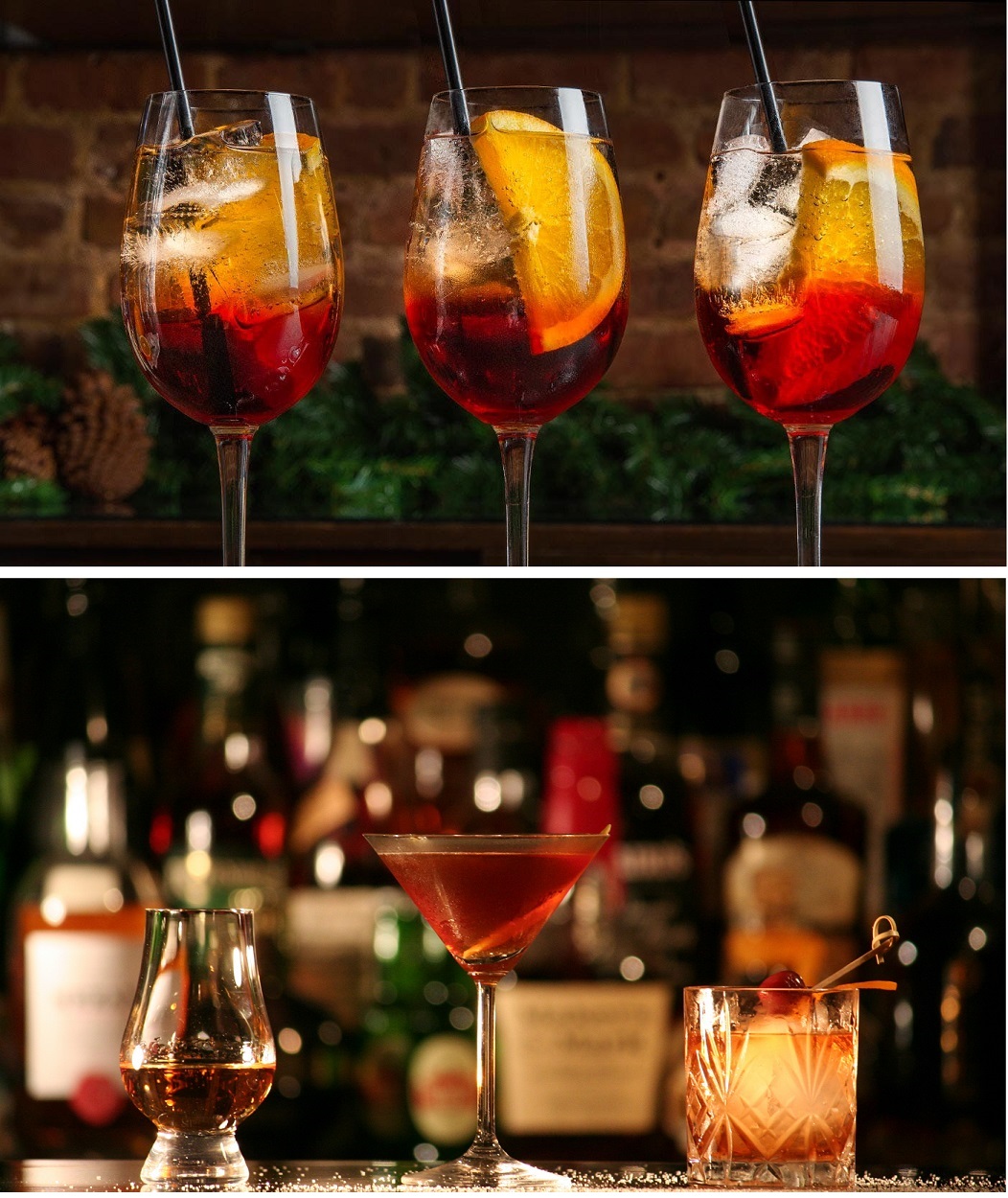
TRY TO SHOW YOU DIFFERENT KIND OF COCKTAILS
1 Martini
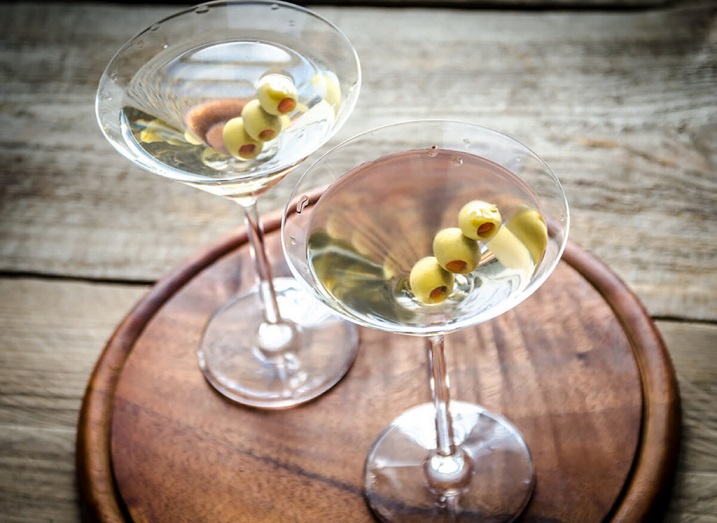
The gin martini is the king of cocktails. A clear, classic, very strong cocktail. For such a simple cocktail (gin, vermouth), the martini isn't afraid to court a little controversy. What's the right amount of vermouth in a martini? Should you stir it or shake it Can you make a martini with vodka? There's room for debate. But where does this 5-star martini recipe come down? The vermouth gets a relatively light touch and the cocktail a vigorous shaking. Serve chilled in (you guessed it) a martini glass.
2 Manhattan
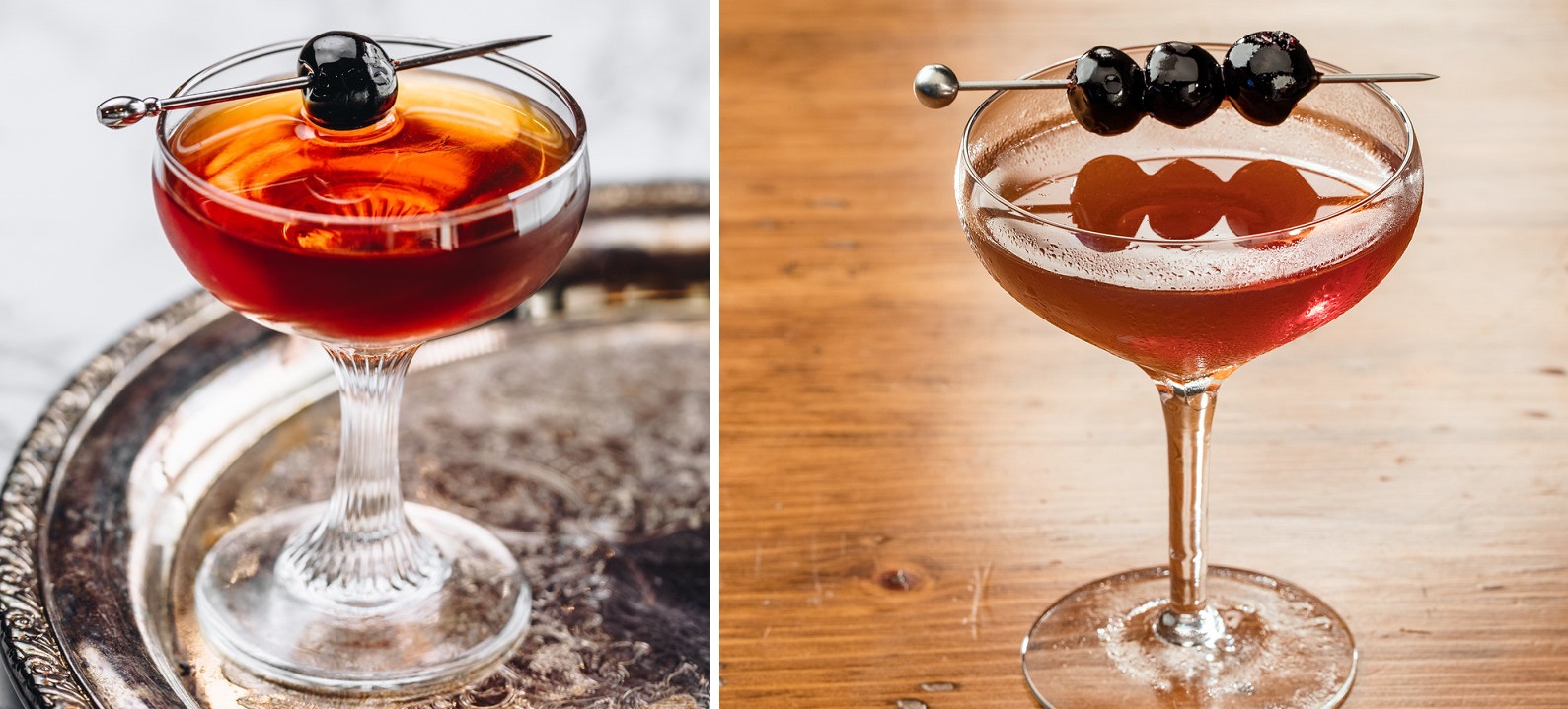
Similar to the martini but with a touch of sweetness, this bracing, 100-year-old cocktail can be made with bourbon or rye whiskey. As Big Steel says, "This one straddles the fence between sweet and smoky." Serve in a martini glass or a short tumbler - always chilled.
3 Bloody Mary
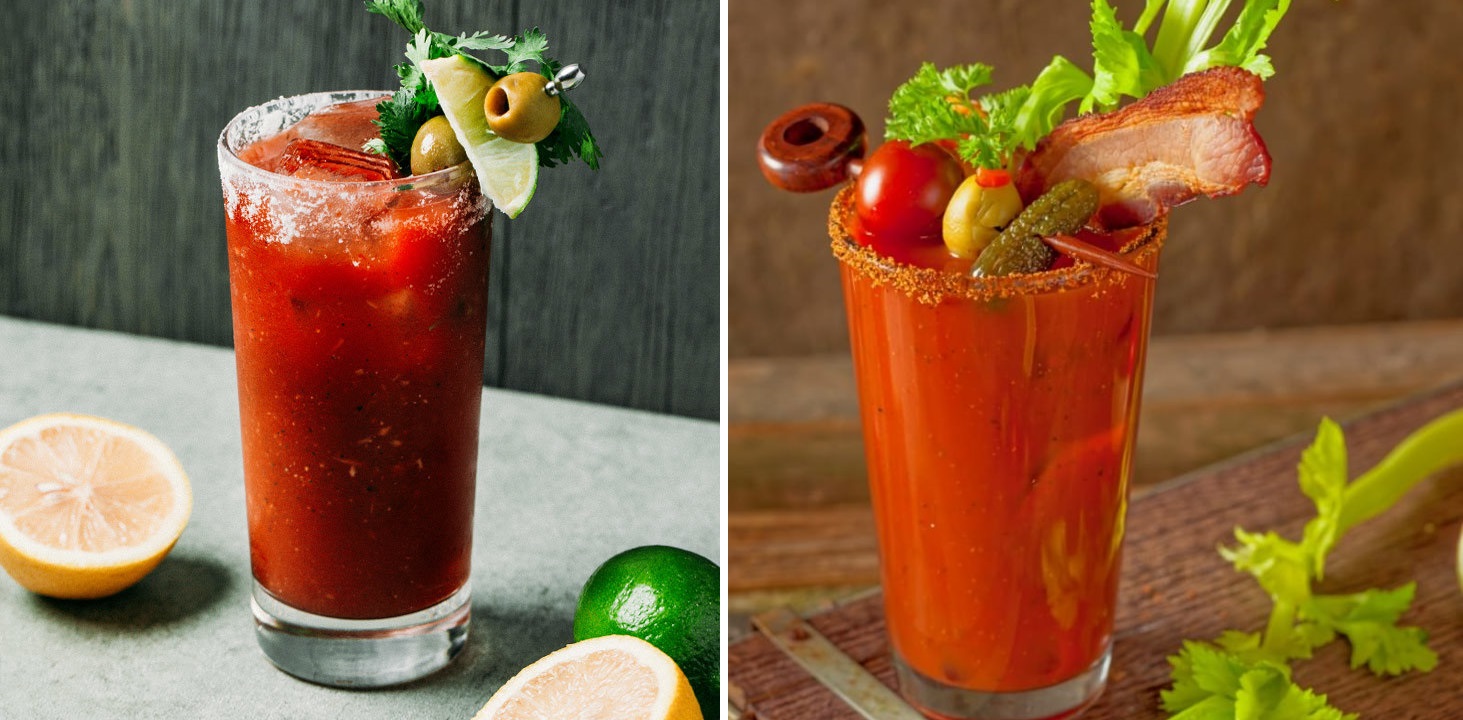
Often served at breakfast or brunch or in an airplane, the vodka Bloody Mary is easy to customize depending on how strong you like your drinks -- and how much spice you can handle. Serve over ice in a tall glass with the vegetable garnish of your choice.
4 Margarita

A sweet tequila-based party drink that's easy to make in batches. If you like, blend in some fruit for extra flavor. You can serve in special rounded margarita glasses or whatever's handy (serving in a mason jar is increasingly popular). Also, the Margarita has a pretty tremendous origin story.
5 Old Fashioned Cocktail

The original. A sophisticated cocktail that's simple to make and goes down smooth. The original version of this cocktail was simply water, sugar, bitters, and whatever booze was within reach, often brandy. With time, the water became ice, the booze became whiskey, and the drink became an old fashioned. Serve over ice in a short tumbler (also known as an Old Fashioned glass).
6 Mojito

A refreshing Cuban classic made with white rum and muddled fresh mint. Sweet and fruity on hot summer days. Serve over ice in a tall glass.
7 Daiquiri

This recipe is the original daiquiri. An easy, rum and lime-juice cocktail shaken over lots of ice, like an island margarita. These days, the daiquiri is often combined with strawberries. And spun into a delicious blender drink. Serve in a chilled martini or margarita glass.
8 Gin and Tonic

The good 'ol G&T is a dead-simple summer drink, and another good reason to stay stocked up on fresh limes -- see also the daiquiri above. Serve over ice in a short tumbler.
9 screwdrvier

Certainly the greatest toolbox-related tipple of all time, the screwdriver is also commonly called "vodka and orange juice," for reasons that will not confound. Typically served at breakfast or brunch in a tall glass over ice.
10 Gimlet

A classy Gin and sweetened lime juice (Rose's is the most common brand). Like its cousin, the Gin Rickey the gimlet is your ticket to warm-weather refreshment. Also sometimes made with vodka. Serve in a martini glass or short tumbler.
